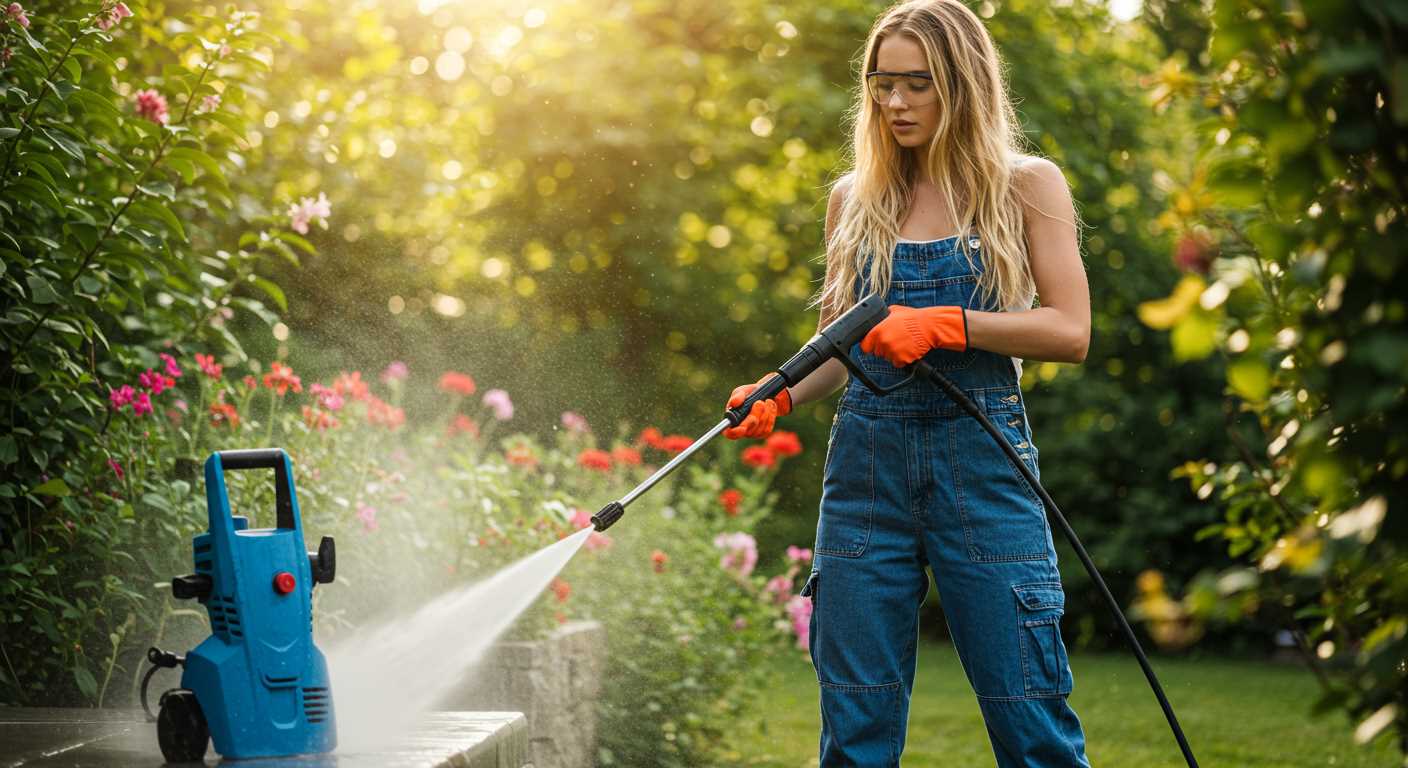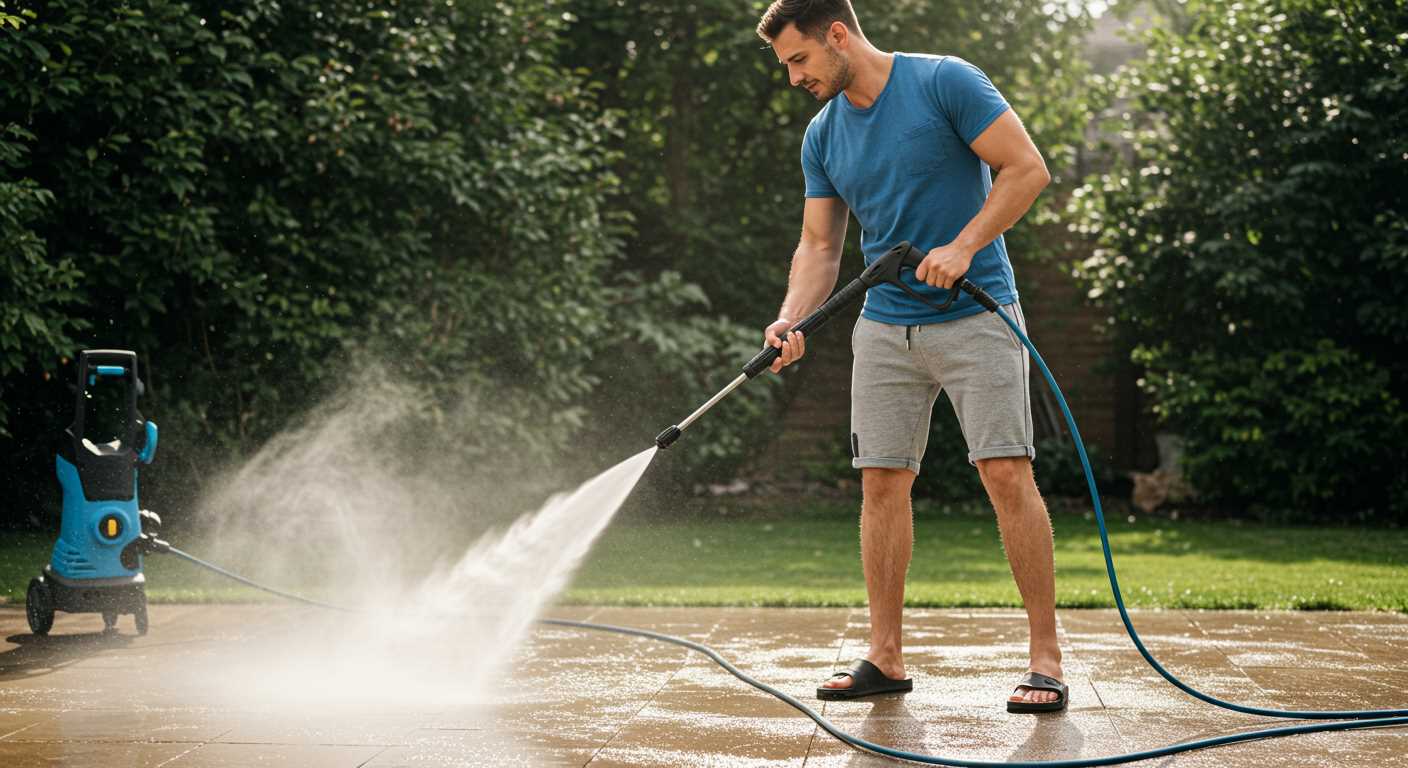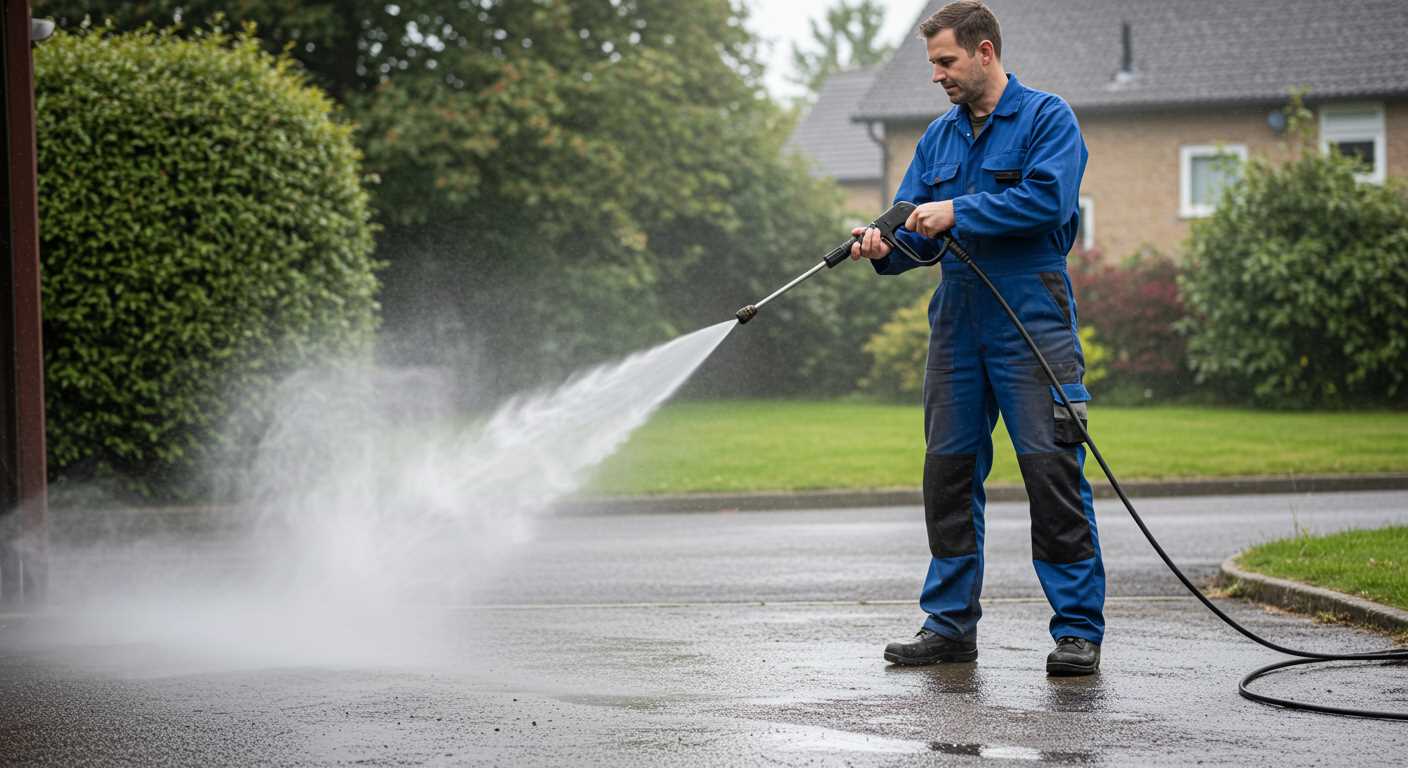



The optimal operating time for a high-pressure cleaning device generally falls within the range of 30 to 60 minutes for continuous use. Extended usage beyond this timeframe can lead to overheating and potential damage to the motor. It’s advisable to take breaks after every 45 minutes of operation, allowing the unit to cool down for at least 15 minutes. This guideline can significantly extend the lifespan and efficiency of the machine.
Factors such as the specific model, its wattage, and overall build quality directly influence how long it can function effectively. Commercial-grade devices can handle longer periods of activity, often up to two hours, thanks to their robust construction and enhanced cooling systems. However, even high-end models benefit from regular pauses to maintain optimal performance and avoid wear.
Regular maintenance practices, including cleaning filters and checking for blockages, will ensure that the device operates smoothly throughout its usage duration. Adhering to these recommendations not only enhances efficiency but also guarantees a more dependable cleaning experience over the lifespan of the equipment.
Understanding Continuous Use Limits of Pressure Washers
Most electric models can operate continuously for approximately 30 to 60 minutes without overheating. Gas-powered units typically allow for extended sessions, often exceeding two hours, but it varies significantly based on the specific type and brand.
Key Factors Influencing Operational Duration

- Cooling Time: Allowing a brief cooling period after every half hour of operation helps maintain performance and prevents overheating.
- Work Intensity: Heavier jobs, like stripping paint or cleaning heavily soiled surfaces, generate more heat than standard cleaning tasks. Adjust work habits accordingly.
- Ambient Temperature: Higher external temperatures may reduce continuous operation limits. Operating in cooler conditions may enhance performance.
Best Practices for Extended Tasks
- Scheduled Breaks: Implement regular pauses. For instance, take a 10-minute break after 40 minutes of work to allow the machine to cool.
- Pre-Inspection: Before starting, check fluid levels and connections to ensure optimal functionality, reducing the risk of failure during use.
- Duty Cycles: Familiarise with your model’s duty cycle specifications, typically detailed in the user manual, to respect its limits and enhance longevity.
Monitoring the machine’s performance during tasks is vital. A sudden drop in power could signal the need for a break or maintenance. Proper use maximises efficiency while minimising wear and tear.
Signs That Indicate You Should Take a Break
Pay attention to the following signals to determine when it’s time to pause during your cleaning tasks.
Physical Discomfort
If you experience discomfort in your arms or back, it’s a clear indication to rest. Prolonged holding of the equipment can lead to strain or repetitive motion injuries. Listen to your body; a short break can prevent long-term issues.
Equipment Overheating
Monitor the temperature of the device. If it feels excessively hot, turn it off. Most models have built-in thermal protection, but letting them cool down prolongs their lifespan. This is especially vital for motor longevity.
| Sign | Suggested Action |
|---|---|
| Physical Discomfort | Take a short break and stretch |
| Overheating Equipment | Shut down and let it cool |
| Inconsistent Performance | Rest and assess for issues |
| Excessive Noise | Pause and inspect the unit |
Additionally, be wary of any unusual noises. If the machinery starts emitting strange sounds, it’s prudent to halt operations and evaluate for potential faults. Regular breaks not only protect the equipment but also enhance its efficiency during extended sessions.
Recommended Operating Time for Different Pressure Washer Models

Electric models typically function best for around 30 to 60 minutes continuously. These units are ideal for light to medium tasks, such as cleaning patios or garden furniture. Longer durations can risk overheating, which affects performance.
Gas-powered variations, on the other hand, excel in prolonged usage, often recommended for two hours or more. They possess more robust engines, making them suited for heavy-duty tasks like cleaning driveways and siding. However, I always suggest a break after each session to allow the machine to cool down.
For commercial models, designed for extensive usage, intervals can reach up to four hours, but this depends on the specific model and manufacturer guidelines. In such cases, regular maintenance is essential to ensure optimal performance throughout longer sessions.
Always check specific manufacturer recommendations, as they provide valuable insights into maximum operating times for each model. This practice helps maximise efficiency and longevity while minimising the risk of damage.
Impact of Ambient Temperature on Usage Duration
In temperatures exceeding 30°C (86°F), it’s advisable to limit runtime to around 30 minutes. Extended exposure to high heat can affect the performance of various components, including the motor and pump, potentially leading to overheating. Conversely, in cooler conditions, specifically below 10°C (50°F), operation time can typically be increased. However, be cautious as prolonged use may lead to thermal stress on the unit.
Optimal Performance Conditions
For units intended for heavy-duty tasks, operating within a temperature range of 10°C to 30°C (50°F to 86°F) is ideal. This range allows for optimal propulsion and efficiency. Regular monitoring of the machine’s performance indicators, like vibrations or unusual sounds, during usage in extreme temperatures can prevent mechanical failures.
Additional Insights on Temperature Management
When using in warmer environments, plan to take frequent breaks to cool down both the device and yourself. Utilizing shaded areas or taking intervals ensures the unit does not overheat, providing longevity and consistent results. In colder weather, ensure hoses and connections are not susceptible to freezing, which can disrupt flow and functionality.
Best Practices for Maintaining Performance During Extended Use
Regular breaks are essential for optimal functioning. After a significant period of operation–typically around 20-30 minutes–it’s wise to pause for 10 minutes. This duration allows the motor and other critical components to cool down, reducing the risk of overheating.
Routine Checks

Conducting consistent inspections of the device enhances longevity. Check for hose kinks or leaks that might decrease water flow. Ensure all connections are secure to avoid pressure loss. Regularly clean the nozzle to maintain a steady spray pattern, which is vital for efficient cleaning. Using the wrong nozzle can also lead to inadequate results; matching the nozzle type with the job is crucial.
Fluid Maintenance
Monitor the levels of detergent and fuel, if applicable. Running low can impede performance and lead to unintended damage. In electric models, ensure the extension cord is rated appropriately to avoid overheating. Always refer to the manufacturer’s guidelines for fluid types and capacities, as using inferior options can result in subpar performance.
Lastly, environment plays a role in performance. Dusty or heavily soiled situations should be approached with smaller segments of work, allowing for equipment rest. Cold or hot conditions may also affect performance, so adjust usage habits accordingly. Frequent, mindful maintenance extends the machine’s life and ensures effective results with every task.
When to Seek Professional Help Instead of DIY Pressure Washing
Consider professional services if surface damage, harsh stains, or safety hazards appear during cleaning. Hiring an expert is wise when dealing with delicate surfaces, such as wood, where improper technique can lead to irreversible harm.
If time constraints exist or the task exceeds personal capabilities, outsourcing may be the best route. Large areas, persistent grime, or challenging heights often require specialised equipment and training that experts possess.
For complex projects like brick or stone cleaning, professional involvement ensures the right methods are used. Misuse of equipment can cause water ingress, leading to structural issues.
Assess health risks as well. If respiratory concerns or allergies are present, the dust and debris stirred up during washing may necessitate professional intervention to ensure safety.
Lastly, if unsure about techniques or the appropriate pressure setting, assistance from a professional can mitigate the risk of costly mistakes or damage to property. Prioritise expertise when in doubt, as it often pays off. The confidence that comes with professionals tackling these challenges is invaluable.







